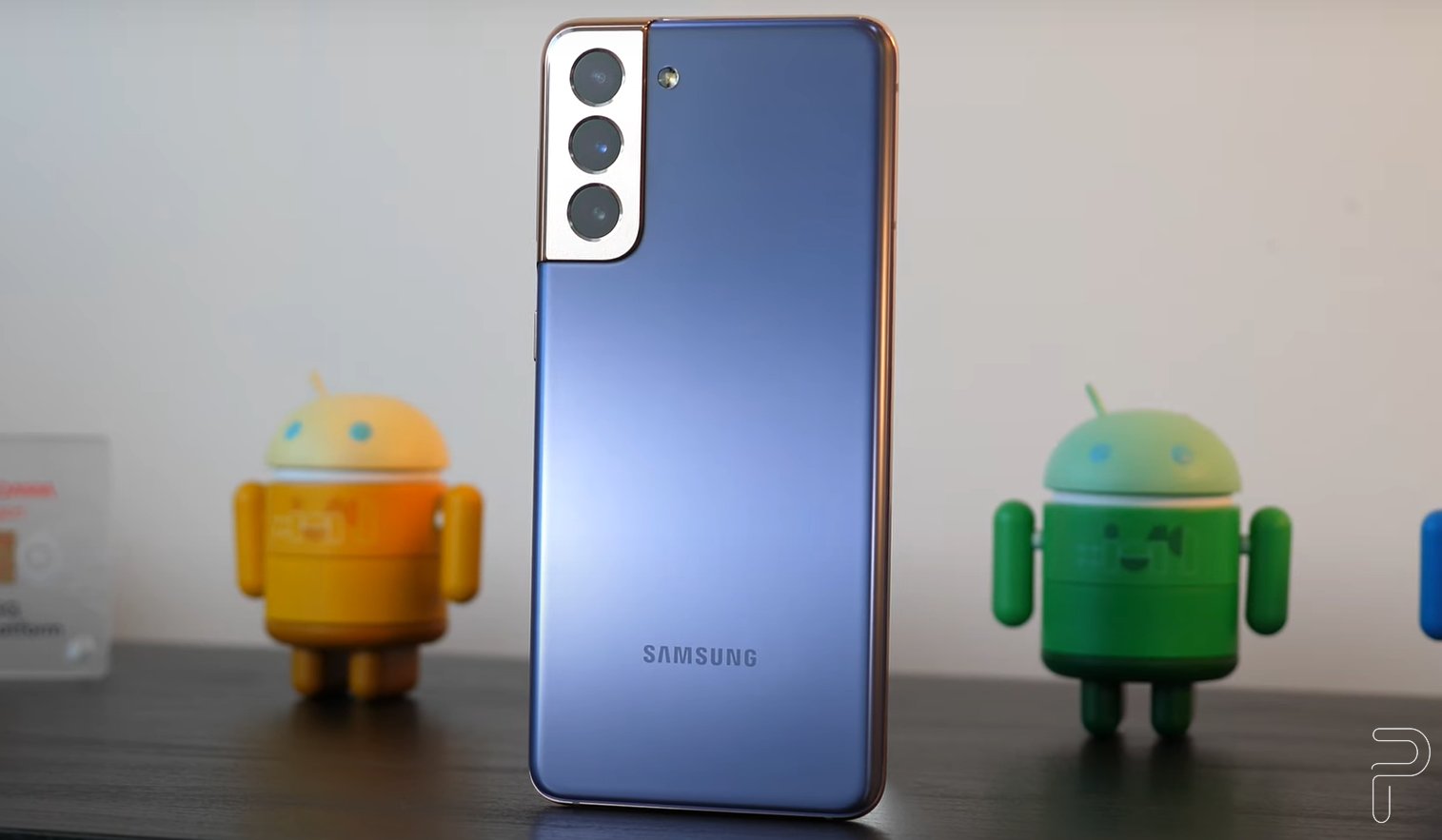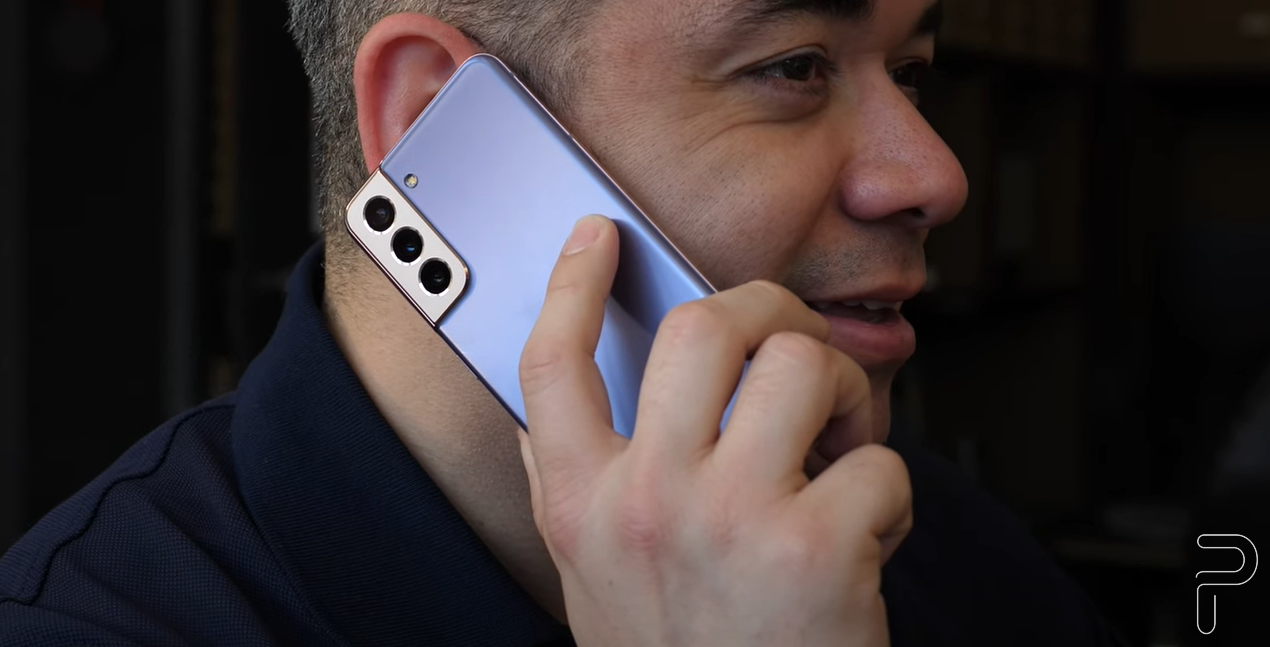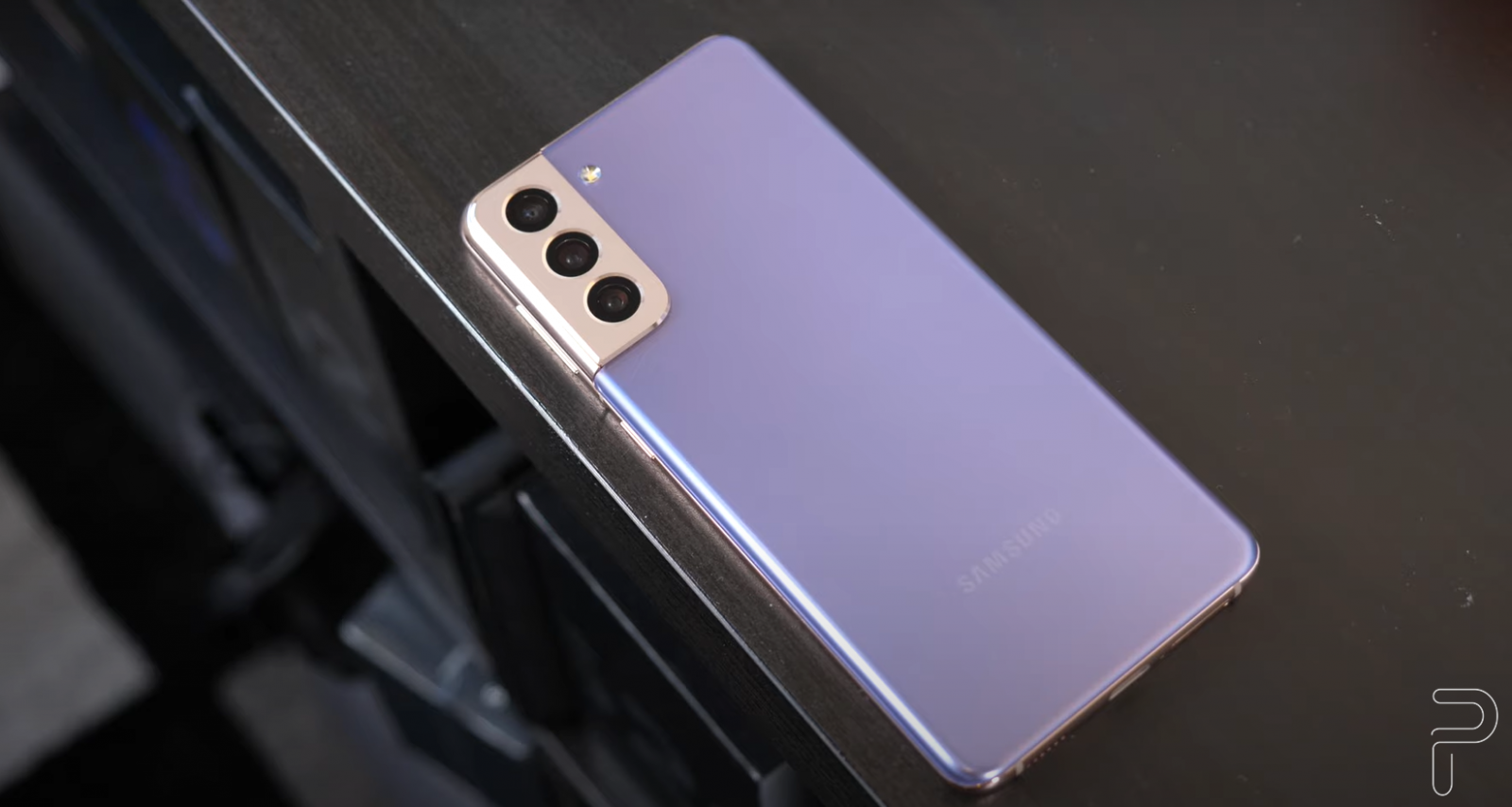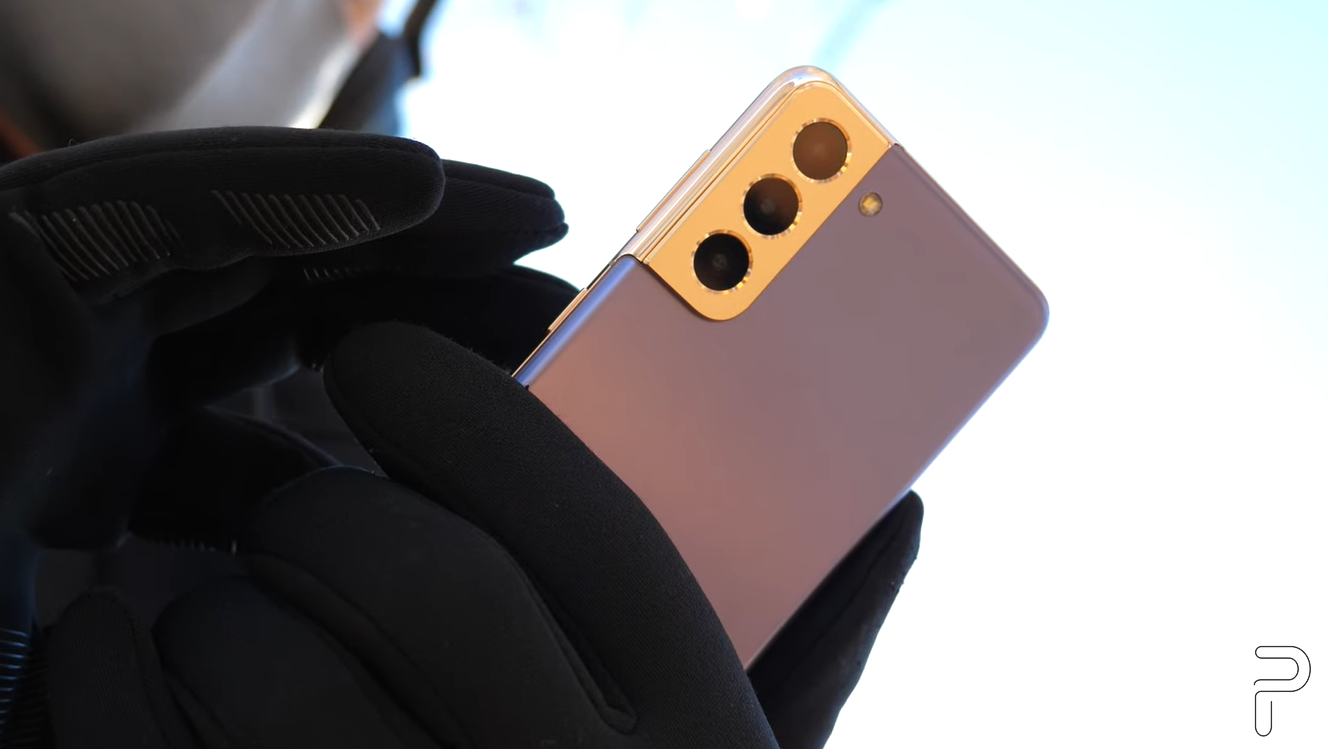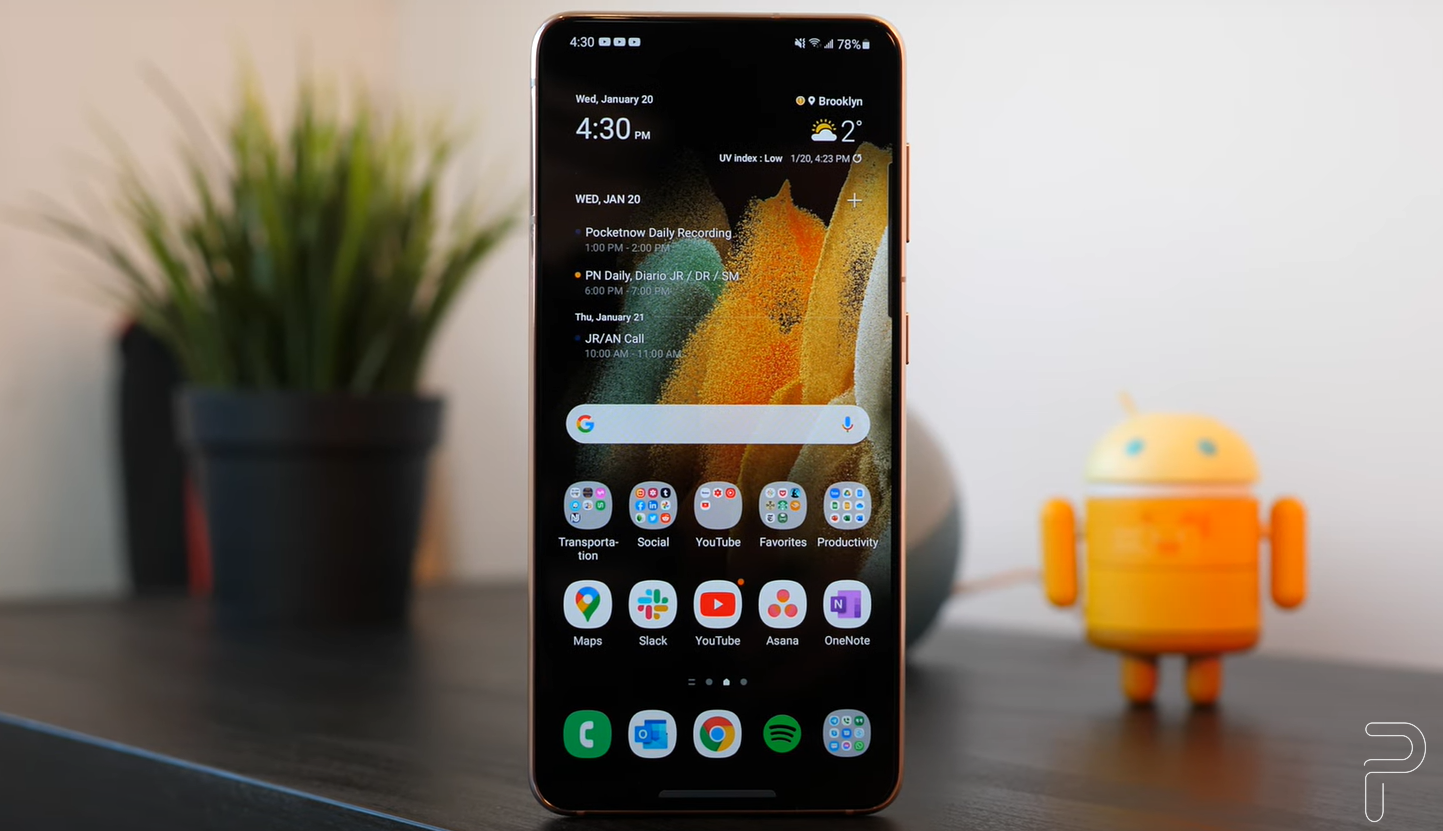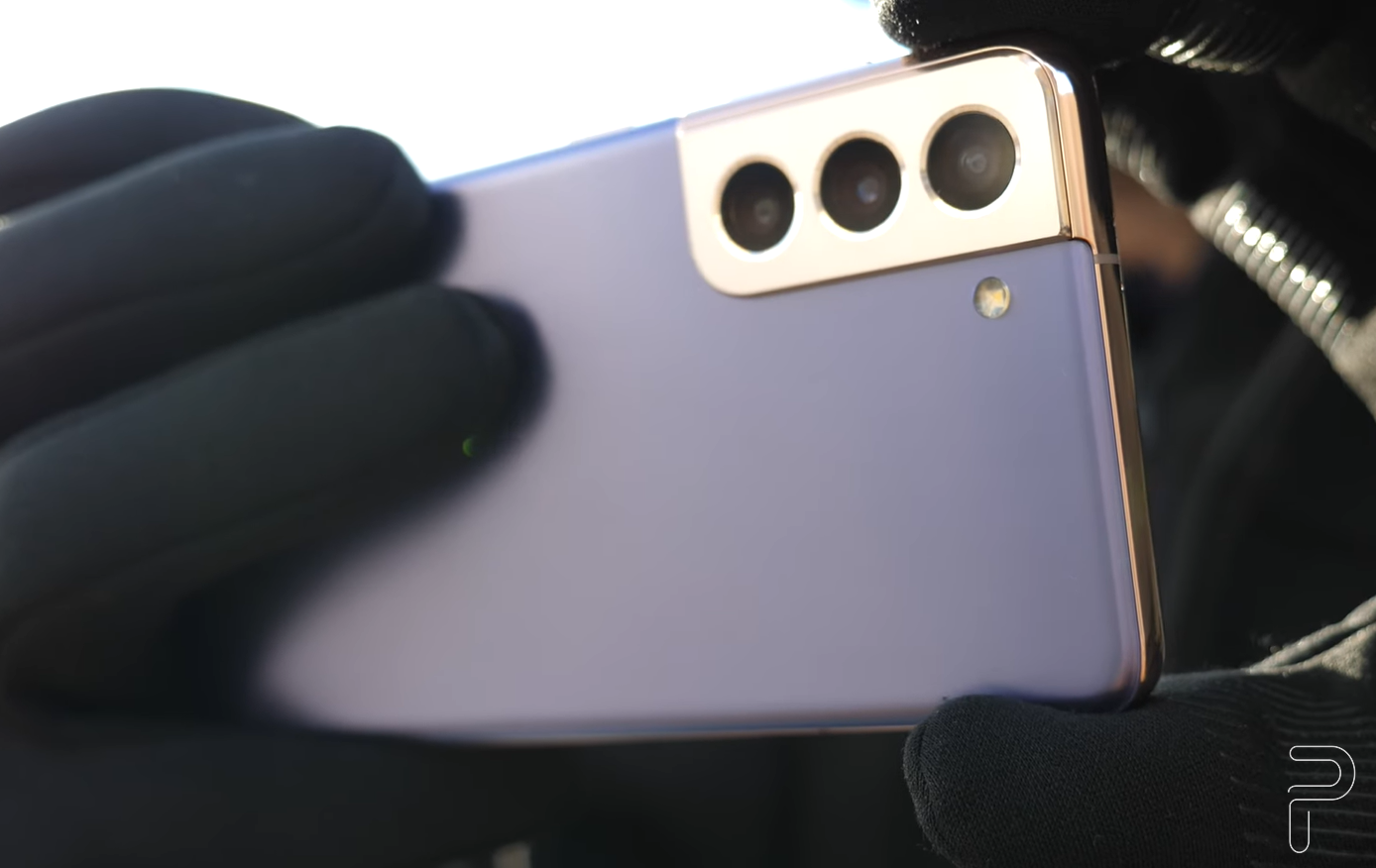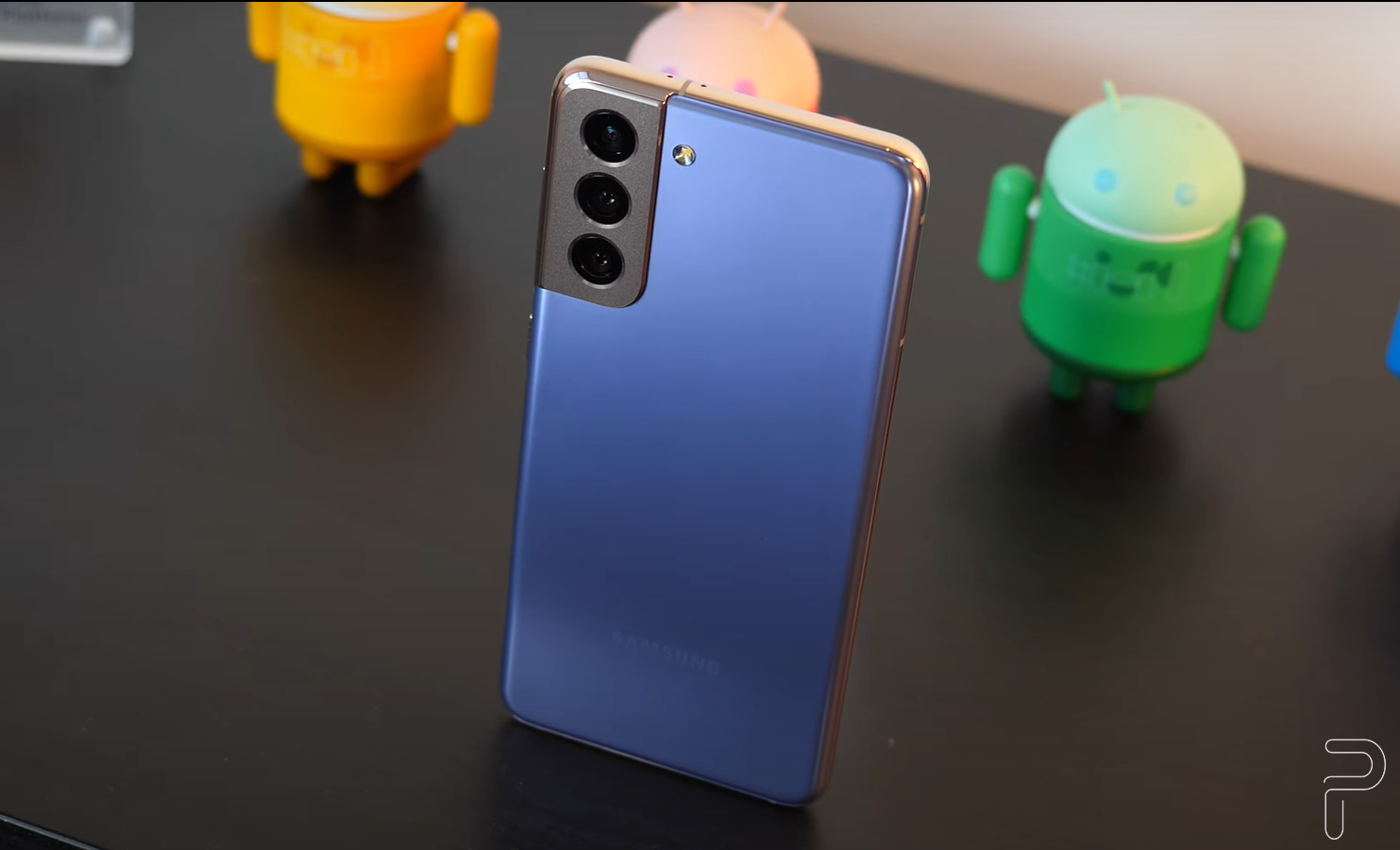In the world of Android smartphones, the focus is on Samsung right now. The company has just dropped a trio of flagships in the Galaxy S21 series. Not surprisingly, the Galaxy S21 Ultra – with its upgraded camera hardware and a ton of camera tricks – has set the tongues wagging, and rightfully so. However, the smallest and the most affordable member of the family – the Galaxy S21 – is the real dark horse this time around. And this is the model that will likely drive the shipments this year for reasons more than one. Let’s get into it:
An uncharacteristically lower price tag
We all complain that the price of flagship smartphones keeps going up with each passing year, and Samsung is no exception to that rule. Samsung unveiled the Galaxy S10 carrying a price tag of $900 for the base model in 2019. Then came 2020, and with it arrived the Galaxy S20, rocking an even higher starting price of $1000. Naturally, we expected the Galaxy S21 to start even higher, but surprisingly, Samsung performed a handsome reversal this year.
While smartphone manufacturers often gloat about offering an upgraded model at the same price as its predecessor, and deservedly so, Samsung just rewrote those rules. The Korean smartphone maker reduced the price of its latest flagship by a steep $200. At a starting price of $800, the Galaxy S21 is simply a terrific device for reasons more than one.
The biggest one – and the most obvious one too – is the hardware upgrade. But plastic build and no expandable storage? Well, we’ll get to that part in just a minute. Let’s focus on the internal upgrades first, and some superficial refinements too.
Yes, this is a flagship through and through!
Let’s start with the biggest one – the processor at its heart. It is an industry-wide consensus that the price of Qualcomm’s top-end SoCs has significantly shot up in the past few years, and the arrival of 5G has only made things worse. And the kind of upgrades that the Snapdragon 888 offers, it doesn’t need much explanation to guess that the latest Qualcomm offering comes with an even higher price tag compared to what the company charged for its top-of-the-line chips last year. And yet, Samsung has used that chip inside the Galaxy S21 without a price bump. In fact, it managed to shave $200 off the price tag.
The gulf between Exynos and Qualcomm is narrower
What about the Exynos 2100, because a large share of Samsung’s markets will get a Galaxy S21 powered by its in-house chipset? Well, a quick look at the specs sheet and capabilities of the Exynos 2100 shows that it is neck and neck with the Snapdragon 888. Now, here at Pocketnow, we believe that synthetic benchmarks only tell half the story, and the real-world experience is what really matters. So let me put it in simple words here – both the processors offer more power than what you really need.
Samsung's in-house chip prowess really arrives with Exynos 2100
Everything is just buttery smooth. From doom-scrolling my Twitter feed to playing demanding games such as Genshin Impact and Call of Duty: Mobile, the Exynos 2100-powered version of the Galaxy S21 just flies past everything. Call of Duty: Mobile – a particularly demanding game – returned a consistent frame rate of 60fps at peak graphics settings and no lags or stutters at all. And from what my colleague Jaime tells me, the Snapdragon 888 model of the device is no different.
Now, let’s talk a bit about the cameras. Samsung has equipped this phone with the same imaging hardware that you will find on the Galaxy S20, which is both good and bad. On paper, it sounds like a bad move sticking with an older camera setup for a new flagship device. But on the flip side, it also gives Samsung more time and experience to further refine the camera output of those sensors. For a case study, just take a look at what Google and Apple have been doing with 12MP cameras on their phones for years.
Samsung is taking camera inspiration from Apple and Google, and it works
Samsung appears to have played the same game as Google and Apple here. And from what my colleague Jaime Rivera has tested, the raw camera performance has indeed improved on the Galaxy S21 compared to its predecessor. While that is definitely assuring to hear for potential buyers, there is more to the imaging prowess of Samsung’s latest entry-level flagship, as the company has added a ton of useful camera tricks to the device.
One of them is 8K video snap, which allows users to capture short 8K video clips. Plus, if you think a frame in the video deserves a photo of its own, you can extract an 8K still at any point in the video that comes out at 32MP resolution. And if you’re into vlogging, Director’s View, Vlogger View, and multi-mic recording are some of the features you’ll really appreciate.
Samsung also claims to have improved the portrait photography capability of the Galaxy S21, and the excellent Single Take to has also been upgraded to v2.0 for even better results. Check out Pocketnow’s review of the Galaxy S21 to find more about the Galaxy S21’s camera performance:
What compromises Samsung made with Galaxy S21?
However, Samsung made a couple of compromises here in order to achieve that price tag. The first one is the plastic on its rear panel, instead of the ‘more premium’ glass build on the Galaxy S21+ and its Ultra sibling. But honestly, I don’t care much about it, primarily because the build quality is terrific. The plastic rear panel feels great to touch, and in no way cheap.
Plastic build is a hard-to-digest pill when you're spending $800, but the quality is great
And oh, did I tell you that plastic doesn’t shatter like glass either? So yeah, you’re probably saving a few hundred dollars for getting a glass rear panel replacement. But that’s just my personal opinion, and one that I live with sans any regrets. But for those who prefer a glass build, it would be a hard-to-digest pill for them to shell out north of $800 on a phone that is made out of plastic, irrespective of how sturdy it is and premium it feels to touch.
The other major compromise here is the absence of a microSD card slot. And from what I can process, Samsung did this to make money, plain and simple. Even if the profit Samsung is making from this ploy is quite small, multiply it with the millions of Galaxy S21 units Samsung is going to ship, and you suddenly have a lot to fill your coffers.
Let me explain the basic math here. The base 128GB model of Galaxy S21 will set you back by $800, while the 256GB model costs $849 in the USA. Now, if you get the 128GB model and assuming it had the luxury of storage expansion, you could double the storage by purchasing a 128GB microSD card from Amazon that would usually cost $20, and I am talking about a fairly fast microSD card from Samsung itself.
So, if doubling the storage module on the Galaxy S21 costs Samsung around $10, the company is still saving $20 extra for each 256GB variant of the phone. That’s just a rough assumption, but you still get the point. On the flip side, read and write speeds offered by a microSD card are not as fast as the UFS 3.1 storage inside the Galaxy S21. These are the only two key compromises that you will be making with the device. The rest of the package is really good.
Some might argue that Galaxy S21 steps down to an FHD+ panel from a higher resolution display panel on its predecessor. But trust me, it is still plenty sharp, produces gorgeous colors, offers great viewing angles, and just feels buttery smooth at a 120Hz refresh rate. Plus, the lower resolution panel also helps with battery life. Talking about the battery, you get a 4,000mAh unit that easily lasts a full day and supports wireless charging as well as reverse wireless charging.
So, what now?
Now, there is something else at play here. If you’re among the folks who intend to take full advantage of Galaxy S21’s camera capabilities and shoot a lot of hi-res videos, that storage space is going to fill up soon. Even if that number goes up to 256GB. Now, if you want a model with more storage capacity, you’re out of luck even with the bigger – and pricier – Galaxy S21+, as it also maxes out at 256GB. Still want at least 512 gigs of onboard storage on a Galaxy S21 series phone? The only option you got is the much pricier Galaxy S21 Ultra, whose 512GB variant will set you back by $1,380.
Now, that’s quite a mark-up. Of course, with the Galaxy S21 Ultra, you get a better build quality, significantly powerful cameras, more pixel-dense and advanced AMOLED display, larger battery, support for WiFi 6E and Ultra Wideband among other perks. But all those extras take a backseat when buyers’ budget for a new Samsung flagship strictly can’t breach the $900 mark, or even lower.
Galaxy S21 sets a high benchmark for Android flagships in 2021
A smartphone is not all about one single parameter, but a sum of all its parts. The Galaxy S21 proves to be a great example of this theory. With a price tag of $800, the Galaxy S21 sets a high benchmark for any upcoming Android flagship in 2021. This phone excels at most of the things you would want from a high-end phone. Yes, it cuts some corners, but the upcoming wave of Android flagships from the likes of OnePlus, Sony, and other Chinese smartphone makers will have a hard time surpassing the Galaxy S21 in terms of the raw smartphone experience. And to top it all off, the Samsung brand name will also play a key role if you’re spending north of $800 on a high-end Android device.
Samsung's latest flagship is more accessible, and convincing buyers to look elsewhere would be a tough task for rivals
I strongly believe that by cutting the Galaxy S21’s asking price and making it more accessible – especially with all those aggressive deals in tow – the company has made a solid statement that it can compete across multiple price brackets in the high-end segment. Yes, a Galaxy S21 FE (Fan Edition) is inevitable, but for now, the Galaxy S21 seems like the real Fan Edition device for the company’s target audience. For all its strong areas and pitfalls, the Galaxy S21 emerges as a great smartphone at the end of the day – one that won’t leave buyers wanting more for what they end up paying.
Of course, Samsung’s profit margin might not be as high in the case of Galaxy S21 as the rest of its siblings, but shipping more volumes and chomping down the market share of rivals in that segment is a huge victory in itself. So, here’s the verdict: If you’re in the market for an Android phone in the $800 price bracket, I can easily recommend the Galaxy S21 right now, especially if you happen to live in the US.
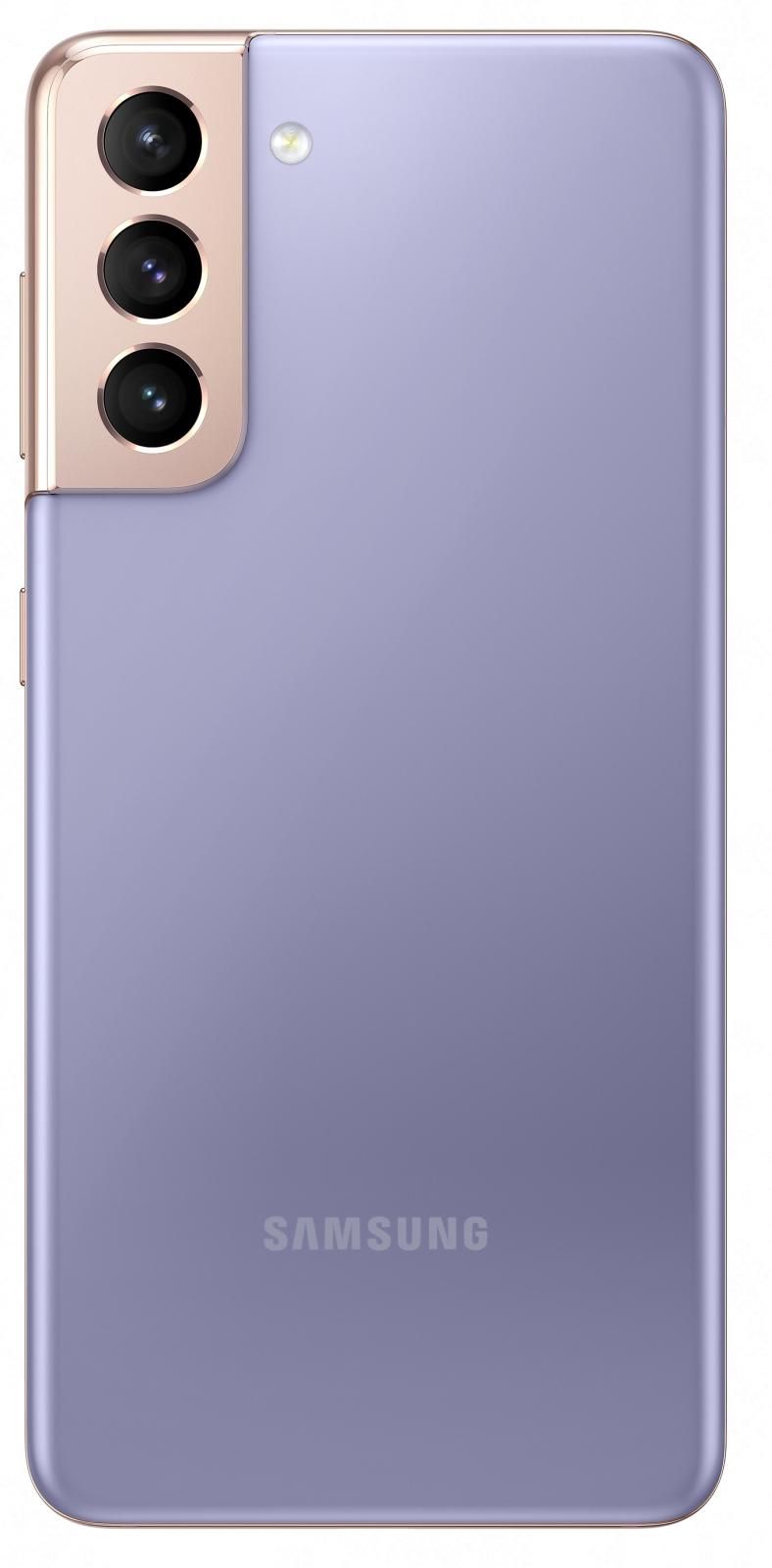
Samsung Galaxy S21
Samsung Galaxy S21 offers a top-of-the-line processor powering it, an improved triple rear camera setup with a host of new features, a beautiful 120Hz display, and a fresh design to go with all the upgrades. And at a price that is $200 lower than its predecessor, it is hard to ignore.

